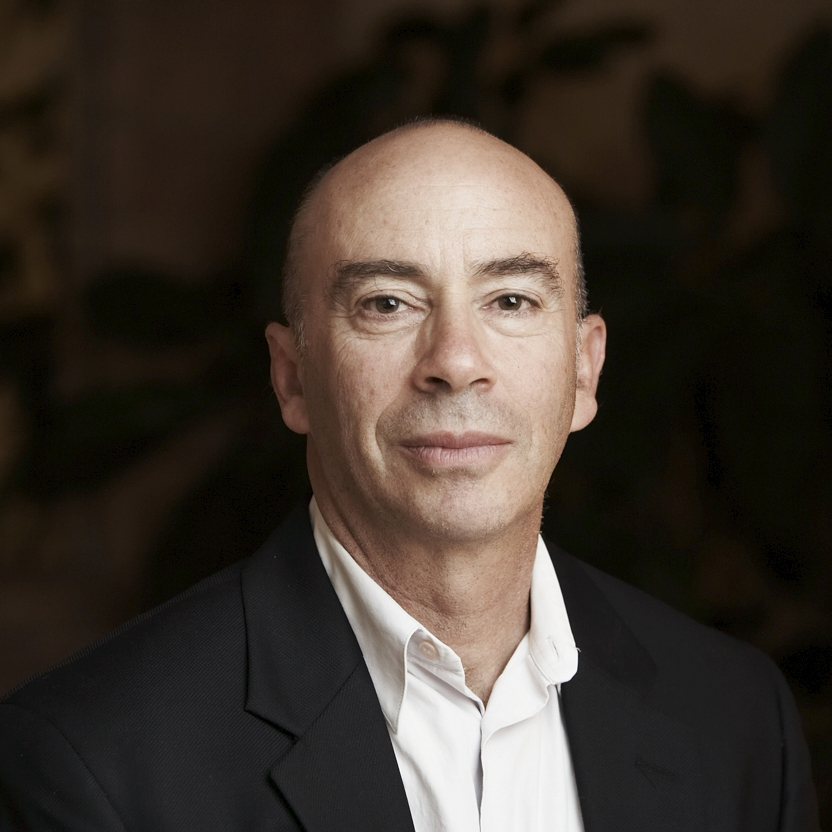We are living in a time of tremendous uncertainty. In some way, this heightened uncertainty has for many of us uncovered our tendency to avoid or deny just how unpredictable our lives really are on any given day, even when we’re not in the midst of a pandemic. Finding equanimity and freedom in the midst of uncertainty is a core, important practice that can benefit everyone, regardless of age, gender, race, faith, or profession.
Dongshan, one of the greatest Zen teachers of all-time, lived during 9th century China, which was known as the Golden Age of Zen. He often taught three ways of navigating each day:
- The bird path
- The mysterious way, and
- The open hand.
I suspect there may have been even greater uncertainty during the 9th century compared to now. Let’s look at these three teachings and how they might be applied as practices for our current challenges.
The bird path is about leaving no trace in the midst of activity. It’s the opposite of a leader or a person who leaves an emotional wake – often of stress, anger, or feelings of lack and scarcity. The “bird path” means communicating with clarity, conviction, connection, and with love – for the work and the people. It’s about communicating without confusion, without anything extra, or anything missing.
Following the bird path starts by noticing and being aware of your emotions. For example, when you feel impatient, explore becoming familiar with this emotion. When feeling impatient it’s easy to blame, to communicate dissatisfaction, and to put others down. On the bird path, the aim is to turn the feeling of impatience into a sense of urgency and care, recognizing a need to make changes and improvements, and welcoming the opportunity to create a more clear vision for success.
The bird path is a challenging and practical, aspirational practice. On a deeper level this practice goes beyond clear communication. It’s the practice of being so comfortable in your own skin, that you widen your perspective to include caring for others in ways that are selfless and free. The bird path means acting with a full functioning, unhindered body and mind – like a bird soaring effortlessly and effectively.
The mysterious way involves recognizing and appreciating how much we don’t actually know, and finding comfort in this not knowing.
At its heart, this practice is a powerful way to develop greater comfort and effectiveness while responding to uncertainty – a skill that we can all use right now. Practicing with and embracing mystery allows us to find our way with more ease and confidence even when there are few of the usual patterns or road signs to rely on.
We make lots of decisions in our business lives and our personal lives without knowing the outcomes. We weave together stories to make our decisions and our lives as explainable as possible. Underneath, we know that there is tremendous uncertainty, that the world seems to mysteriously function without a specific intervention, that fish swim in the sea, that the sun rises and sets, that we start businesses and work collaboratively with people from many cultures around the world.
The practice of the mysterious way is much like Practice #3 from Seven Practices of a Mindful Leader: Don’t Be An Expert. None of us are experts in the realm of relationships, mindfulness, or human emotions and consciousness. But when we appreciate the mystery in these realms, we can be adventurous and learn to thrive.
The open hand practice is simple and powerful. It’s the opposite of working and living with a closed fist. I’ve noticed that many people, as leaders or in various roles, live and lead with their fists closed, often with a closed mind and heart, and from a sense of scarcity as a means to avoid stress and uncertainty. The practice of the open hand involves noticing when you are making a fist, and living with rigidity, a sense of clinging, and/or fear. The practice is to open your hand, to yourself, and to others, thereby opening your heart and mind. The practice of the open hand means seeing your work and your life as an offering and responding generously to needs and problems. It’s about cultivating an attitude of care and service.
This week’s practice:
Bring to mind a difficult situation or interaction at work. This can be something that’s happening at the moment or something that has passed. Start by naming the difficulty, the context, and the people involved. Now consider 3 ways to approach and potentially diffuse the situation:
- Write down one way that you can follow the bird path in a similar situation by leaving no trace of emotional wake so that you “burn like a clean bon fire rather than a smokey fire” as Shunryu Suzuki, San Francisco Zen Center founder, sometimes describes this practice.
- List the ways in which you can find ease and confidence in the midst of uncertainty and mystery as to the outcome of a similar situation.
- Make a note of each time that you find yourself showing up with a closed fist or an open hand this week. How does each feel? What causes you to close and what’s the “antidote” that supports an opening up?


